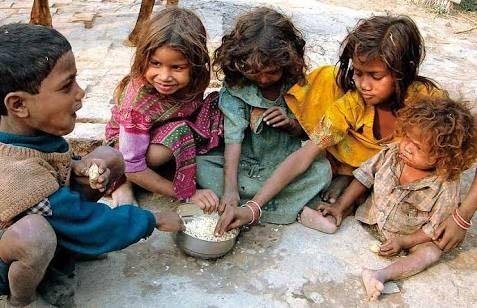
POVERTY and unemployment are two words that are very popular when discussing the development of an area more specifically the problem of efforts to improve the welfare of the community. The problem of poverty is a social phenomenon, a complex and multidimensional problem, which deals with social, economic, cultural, and other aspects.
The complexity of the problem of poverty makes it a routine agenda every stage of development in various regions. So as to make all regions do their best to reduce poverty level including unemployment, some even apply various special pattern of cross sector by allocating budget which is not small.
Development programs implemented by the regions have always paid great attention to poverty alleviation efforts and reducing the number of unemployed, because basically the development undertaken aims to improve the welfare of the community. Indicators that are often used to measure the level of community welfare is from the decline in poverty and unemployment.
Because poverty and unemployment are two indicators that are often used as the main benchmark for measuring success in prospering the community, it is certainly a lot of areas that feel less comfortable if the percentage change of the number of poor people is not directly proportional to the unemployment rate. That is, if an area at a given time has managed to reduce the percentage of the poor, but at the same time the number of unemployment is increasing, or vice versa.
Poverty and unemployment are two different things. A person can bear the predicate of "poor" and "idle" at the same time, can also bear one of them, and not bears both at another time. Someone is deprived or well-versed, but he keeps working all the time. On the other hand, there are people who have nothing or people who have abundant wealth, but there are certain times that do not work. So poverty and unemployment can occur simultaneously in a certain time, and may also be opposite to one another at a time.
Poverty
Poverty is the inability of the economy to meet the basic needs of food and not food as measured by the expenditure side. The later limitation of this expenditure is called the Poverty Line. The poor are people who have average per capita spending per month below the poverty line.
The percentage of the poor is obtained by the Central Bureau of Statistics by conducting a data collection of the National Socio-Economic Survey (Susenas) conducted twice a year, every March and September in the entire territory of the Republic of Indonesia. One of the types of data collected in Susenas is the detail of Household expenditure to meet basic needs for food and non food consumption.
The basic needs approach used by the Central Bureau of Statistics (BPS) to calculate the poverty rate, where the number of components of basic food needs is equal to 2,100 kkl which is represented by 52 types of food commodities and 51 kinds of non-food commodities in urban areas and 47 commodities in rural areas. The basic need for food is how a person meets his minimum physical needs equivalent to 2,100 kcal per capita per day converted into rupiah.
Similarly, the basic needs of non-food is how the amount of rupiah to be spent by a person to be able to meet the needs of housing, household facilities, clothing, education, health and others. The results of Susenas data collection will be how much (rupiah) data to be spent by a resident per month to meet basic needs called "poverty line", as well as data on per capita expenditure per month in a region. People who have monthly expenditure below the poverty line are categorized as poor.
Congratulations @mdiah! You received a personal award!
You can view your badges on your Steem Board and compare to others on the Steem Ranking
Do not miss the last post from @steemitboard:
Vote for @Steemitboard as a witness to get one more award and increased upvotes!
Congratulations @mdiah! You received a personal award!
Click here to view your Board